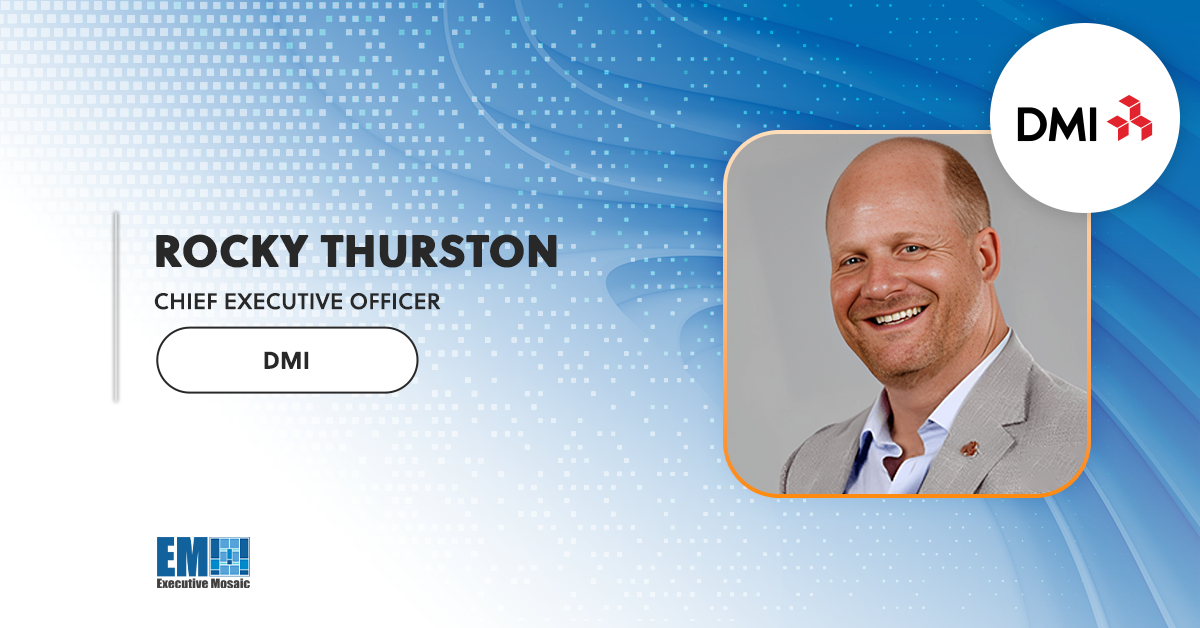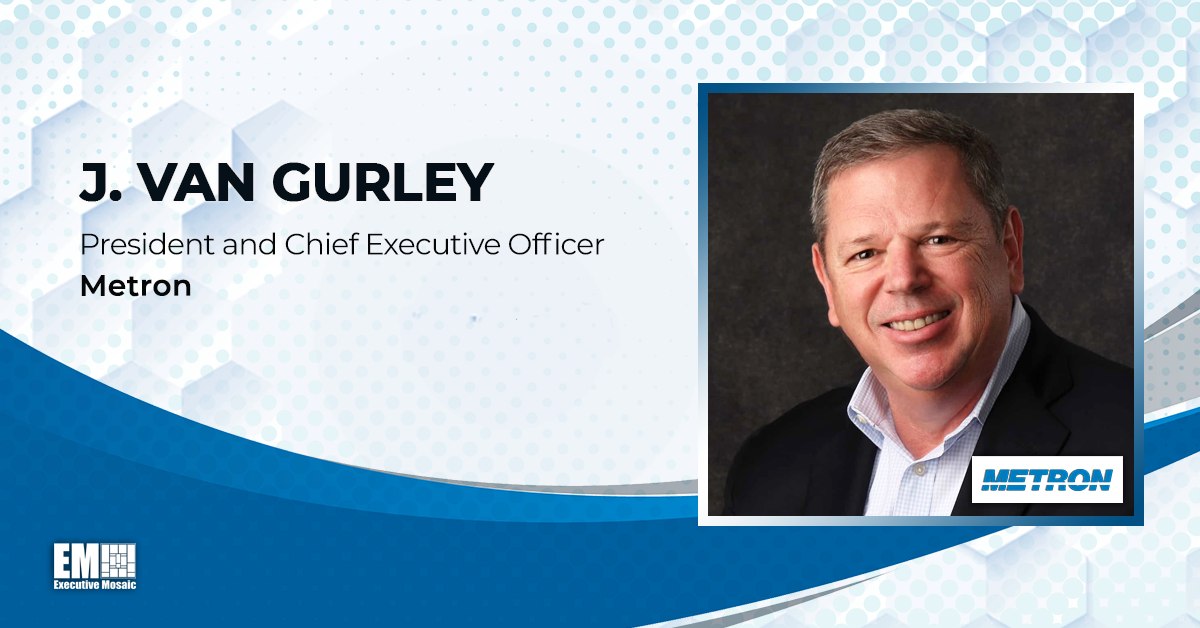Since we last spoke to Redhorse CEO and two-time Wash100 Award winner John Zangardi in January of 2023, the company has enjoyed growth, meeting and exceeding expectations.
Zangardi told GovCon Wire he has spent a lot of time “cementing [his] all-star leadership team,” capped off by the recent hire of Accenture Federal Services and Novetta veteran Matt Teschke as Redhorse’s chief technology officer. Teschke brings deep experience in machine learning and artificial intelligence to the role. Zangardi predicts Teschke will “help take us forward and get deeper into analytics, generative AI and developing solutions the government wants.”
Immediately on the heels of the announcement of Teschke’s arrival, Redhorse completed its acquisition of Allied Associates International. A2I is a Gainesville, Virginia-based company that develops and delivers cutting-edge technical products and services to the defense, federal law enforcement and intelligence communities, as well as the United Kingdom.
Zangardi — who is chair of Executive Mosaic’s Group 2 Leadership in its 4×24 Series — sat down with GovCon Wire to share his excitement about the A2I partnership and to lend insights into the most significant challenges in cybersecurity, analytics and cloud migration facing federal government customers.
What led to Redhorse’s acquisition of A2I and what capabilities do you hope to gain through the new relationship?
In 2023, Redhorse was interested in an acquisition that would enhance our technical offerings. A2I emerged as an exciting prospect, as founder Perry Casto and CEO Aaron Winters built a great company that delivers innovative and meaningful results to its customers.
A2I has proven to be a fantastic addition to Redhorse, offering a superb strategic fit without overlapping with current customer sets. With over 130 cleared and highly skilled technical individuals, a strong cyber analytics reputation and exceptional customer relationships, A2I is a perfect cultural fit for Redhorse and helps us continue to transform the way government uses data and technology. I’m very proud to have A2I on the team.
The A2I acquisition added advanced cyber intelligence and analytics to Redhorse’s offerings. A2I is a provider of a comprehensive systems for collecting, exploiting and distributing data from a wide range of sources. This includes lawful interception data handling, processing and normalization; deep packet inspection; reverse engineering; and open-source intelligence collection capabilities. This acquisition expands Redhorse’s featured capabilities, which include artificial intelligence and machine learning, data analytics, software development and cyber intelligence. This acquisition also increased our access to the IC and federal law enforcement.
Despite the inevitable work of integrating an acquisition, our combined team is very excited about the positive cultural fit and the anticipated synergies for rapid business growth. Redhorse is poised for seizing new opportunities while becoming a leader in delivering high-end technology and analytics solutions for the U.S. government.
What is the top challenge getting artificial intelligence right for national security? What solution would you propose?
Project Maven catapulted AI onto center stage in 2017. From the beginning, Silicon Valley was involved because it is synonymous with innovation. In 2018, the Joint Artificial Intelligence Center was founded. Those functions were re-arranged and re-prioritized into the Chief Digital and Artificial Office in 2022. CDAO is responsible “for the DOD’s adoption of data, analytics and AI to generate decision advantage.” Redhorse has been a part of this journey, from Project Maven to CDAO.
Like any new technology, there is progressive trial and error to enable more and more robust analytics. Project Maven implemented some of the most sophisticated machine learning techniques. While it was cumbersome, it was manageable given the proliferation of consumer-grade graphics processing units. We learned that analytics are only sophisticated if they have acceptable data pedigree. So, attention turned to data engineers. Getting a handle on the data problem by enabling data governance and sharing became necessary. Suddenly AI wasn’t the hard part — managing the data was.
In terms of data governance, AI and ML require that data be accessible and staged for robust analytics. This requirement lit a fire. However, issues with procurement, ownership, governance and security challenged efforts to centralize and as a result, data virtualization solutions entered the market in a meaningful way.
There is not one data solution. There are many pieces to a comprehensive enterprise data strategy. Here are a few recommendations:
- Enable search. Leave data where it is. Enable search across the enterprise so practitioners in the enterprise know what is available.
- Leverage specialized data stores to enable analytics. At scale, purpose-built databases are necessary for performant analytics. As an example, a graph database and user interface should be components of every analytical enclave. This commingles the relevant data together in one place and represents it intuitively.
- Analytics enclaves should have their own data management. Analytics enclaves should be separate from operations and data storage. Provide an ecosystem where analysts and data scientists can explore.
- Understand professional qualifications and capabilities. Select the appropriate professional for the task. Data scientists, data engineers and ML engineers play different roles. Understand what is required.
- Approach AI and ML for what they are: methods. AI and ML algorithms are simply analytic methods that apply to different problem sets.
Redhorse is solving real life national security problems using AI and ML techniques. Let me provide one example that is close to my heart. I commanded a Navy P-3 squadron back in the day. The average age of the aircraft in my squadron was over 27 years. Having the tools to predicatively manage maintenance would have been a godsend.
Predictive maintenance is here now. Condition Based Maintenance Plus, or CBM+, uses predictive models to prevent downtime and drive savings. It is also a force multiplier.
Redhorse is supporting the Air Force Rapid Sustainment Office utilizing AI and ML to deliver predictive statistical failure models. The objective is to accurately forecast the remaining useful life of aircraft parts, which lowers cost and increases vehicle availability. This is a game changer for national security and federal agencies. Redhorse has the expertise to make it a reality.
What do you think is the biggest threat facing U.S. cyber systems today and what can be done to protect against that threat?
There is a lot going on in the cybersecurity space. Malicious actors haven’t gone away. In fact, the FBI warns of increased cyberattacks. The threat landscape is very dynamic. It includes malicious actors with increasingly sophisticated tools and the availability of personnel with the right skills. With the government’s shift to the cloud and increased demand signals for broader adoption of AI, there is a greater risk.
There also remains a variety of risks with some stemming from complacency like poor patching practices. Other risks include insufficient access management, the persistence of shadow IT, misconfigurations (especially in the cloud), poor security culture and the proliferation of endpoints due to the Internet of Things and the widespread use of mobile devices. Another critical concern is risk originating from third-party exposure, especially as dependence on external services in the cloud grows.
If I were still a CIO, I would be focused on zero trust implementation, cyber hygiene and training to mitigate these cyber risks. If an organization hasn’t already done it, there is a compelling need to implement multi-factor authentication, manage data access, encrypt sensitive data, embrace security as code, enforce automated policies, prioritize patching and centralize cloud management. Since workload for cybersecurity teams is increasing, workflow automation should also be top of list. Get the right diversity of tools to understand and manage organizational risk posture. Keep in mind that zero risk is impossible.
It has certainly been a turbulent year in federal budget negotiations and that doesn’t look to be changing any time soon. What’s your outlook on this journey and how does it impact your work at Redhorse?
The impact on government agencies, especially those like the Departments of Defense, Justice and Homeland Security is substantial, with continuing resolutions extending through February and beyond.
The unpredictability of whether there will be a budget or another CR in 2024 raises concerns, particularly for funding of existing efforts and programs requiring new starts. This could impede the timely deployment of innovative solutions to critical areas such as the military, law enforcement and the intelligence community.
The planning aspect, coupled with reductions in budget and increased workload during a CR, underscores the challenges faced by both government agencies and companies like Redhorse. The inability to move swiftly and efficiently during these periods impacts the timely delivery of mission-critical initiatives.
The impact on lower-compensated employees, who often live paycheck to paycheck, is a significant concern. This impact on the little guy is not right.
Shutdowns disrupt lives, burden employees and hinder mission success. Ultimately, government shutdowns and CRs are inefficient and detrimental. I’m not saying anything original or that hasn’t been said, Congress just needs to do their job.






